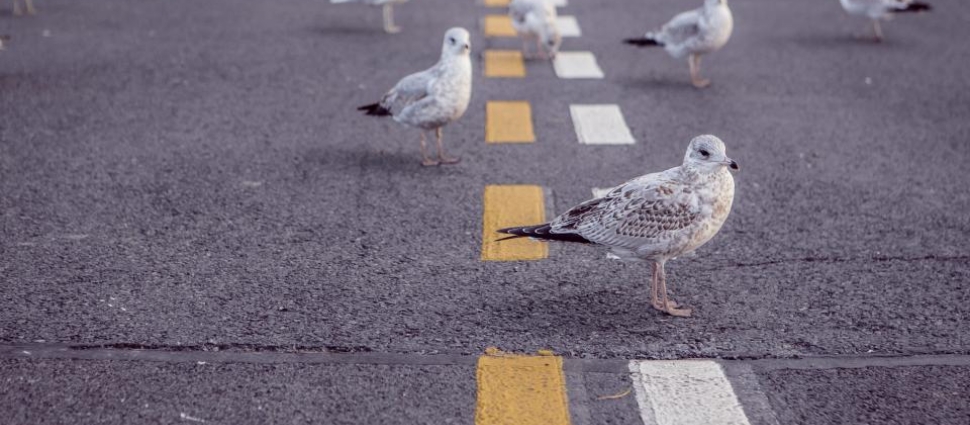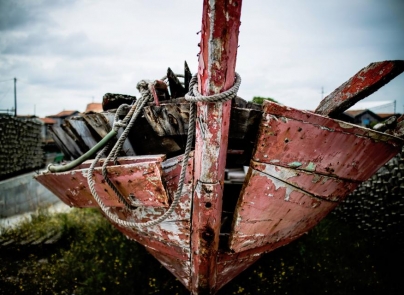Charlotte of Bourbon – from Runaway Nun to Self-Sacrificing Wife

Charlotte of Bourbon – from Runaway Nun to Self-Sacrificing Wife
For twelve long years, Charlotte tried to assert her legal rights to leave Notre-Dame de Jouarre, the abbey which she had been forced to join. Finally, in February 1572, she escaped. The circumstances of her flight are uncertain. Some say she jumped over a wall, others that she took advantage of a Huguenot incursion into the abbey. A more plausible explanation is that she went out with the excuse of visiting another abbey. After all, by that time she was the abbess of Notre-Dame and enjoyed relative freedom.
She had planned this for years, collecting evidence and writing persuasive explanations of her coercion. She had been sent to the abbey as a baby, she said, to be raised by her aunt, the abbess. When she turned twelve, she was forced to take the veil, in spite of her repeated protests. With time, her wisdom and abilities promoted her to the role of abbess, but her sentiments never changed.
Somehow, inside the abbey, she converted to Protestantism and kept in touch with Jeanne, the Protestant queen of Navarre. It was Jeanne who advised her to take refuge in Heidelberg, about 300 miles east of Jouarre, under the protection of Elector Frederick III. Frederick’s palace had been a haven for Protestant refugees, and became more so in the summer of 1572, after the St. Bartholomew’s Day massacre of Huguenots in Paris.
Married to a Leader and a Cause
Frederick introduced Charlotte to William of Orange, Stadholder of the Netherlands, a widower of his first wife and divorced from his second. In January 1575, William sent Charlotte a marriage proposal, warning her that he “was beginning to grow old, being about forty-two years of age.”[1] Charlotte expressed joy at the news and a sincere desire to serve him, but left the final decision to the Elector and his wife, as her current authority figures.
It was a wise move. She had been trying to reconcile with her father, Duke Louis of Montpensier, cousin of the king and a leader of the Catholic cause in France, who had disavowed her after her escape from the abbey. By submitting to the local rulers, she showed her willingness to work through the proper channels which, in her case, included monarchs as well as relatives. The Elector consulted both her father and the King of France.
With the proper approvals, Charlotte and William married on 24 June 1575 in a quiet wedding followed by an intimate supper with friends. She was almost 30.
Politically speaking, this was not a wise move for William. Charlotte had no dowry and no influential friends, at a time when William desperately needed both in order to advance his cause of Dutch independence against the Spanish rulers.
But money and friends can be acquired, and Charlotte had all the necessary talents to do so. While William went to war, she used the experience she had acquired as an abbess in order to run the home, negotiate alliances, and raise financial support. These duties required many travels, which gave her a first-hand awareness of the horrors of war. Because of this, she often advocated for the suffering communities she met on her way.
Once again, she displayed much wisdom and great diplomatic skills. She then regularly reported to her husband her progress both at home and in her political endeavors. Through her careful and faithful writing, she also managed to reconcile with her father.
For William, Charlotte was the first woman he had married for love, which she reciprocated. She and William had six daughters, all about one year apart. She also took care of William’s younger children from his previous marriages, and established good relationships with his mother and older daughters.
When William was ill, she nursed him back to health with the medical knowledge she had acquired at the abbey: chest-rubs of chamomile and almond oil for relaxing and a home-made syrup of rose-hips and honey for fevers – a recipe William’s doctor promptly added to his book of remedies.
Charlotte’s Last Days
Charlotte’s medical abilities had to be employed once again in March 1582, when William was shot by the Spaniard Juan de Jáuregui – hired by an insolvent merchant in an attempt to collect the 80,000-ducats reward Prince Philip of Spain had placed on William’s head. William barely survived, largely thanks to the constant care of Charlotte and his sister Catherine.
But the shock of the initial news, the constant fear of losing William, and the five weeks of relentless nursing combined to take a toll on Charlotte’s health – already weak from frequent pregnancies and a heavy workload. She died on April 28 from a high fever, only eleven days after the thanksgiving service for her husband’s recovery.
Her will, which she had prepared at the end of the previous year, provides a clear and detailed explanation of what had truly motivated her life: “I give thanks to God, my father, for his great mercy which has enlightened me in the knowledge of his holy will, and has given me assurance of my salvation and of eternal life, through the infinite merits of Jesus Christ, his son, true God and true man, my only savior and redeemer, advocate and mediator, and for leading me and fortifying me through his Holy Spirit.”[2]
She also thanked God for the church, the faithful preaching of the gospel and the administration of the sacraments, “confirming me more and more in the knowledge and assurance of his love towards me and of my election to salvation and eternal life.” Strengthened by this assurance, she affirmed her hope in “the blessed day of the resurrection,” when, “by the power and grace of Jesus Christ, [God] will resurrect our bodies, glorious, incorruptible, and immortal.”[3] Charlotte knew death was not the end of her story.
[1] Cicely Veronica Wedgwood, William The Silent: William Of Nassau, Prince Of Orange 1533-1584, Literary Licensing, LLC, 2011.
[2] Anne R. Larsen and Colette H. Winn, eds., Writings by Pre-Revolutionary French Women, New York and London: Garland Publishing, 2000, p. 118.
[3] ibid.





